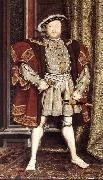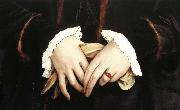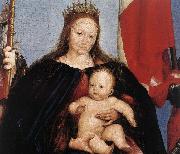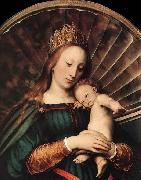Oil Paintings, Painted by Talent Swedish Artists
|
|
|||
| German painter (b. 1497, Augsburg, d. 1543, London). | |||
|
|
|||

| |||
|
|
|||
|
|
|||

| |||
|
|
|||
|
|
|||

| |||
|
|
|||
|
|
|||

| |||
|
|
|||
|
|
|||

| |||
|
|
|||
|
|
|||
| Artista Previo Próximo Artista | |||











